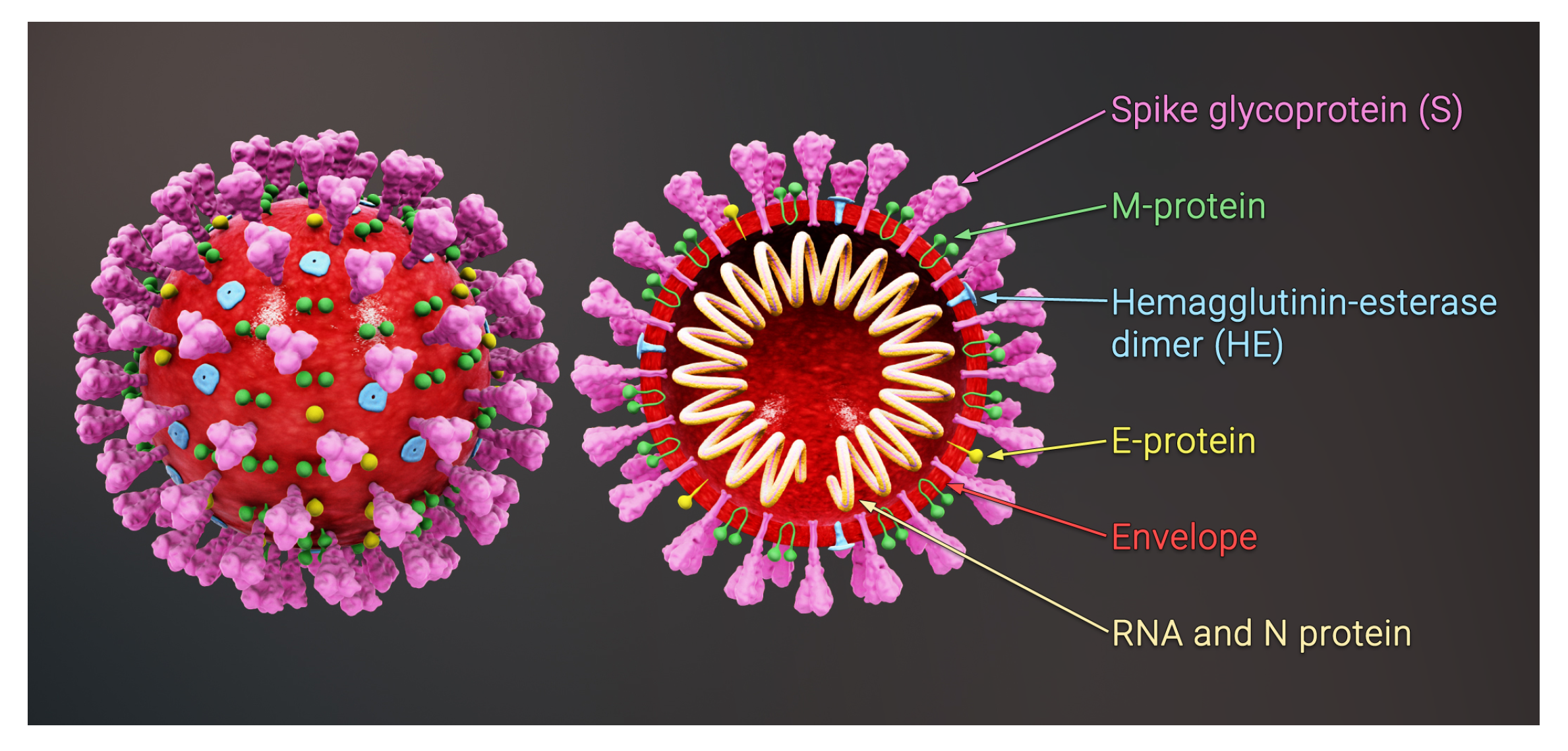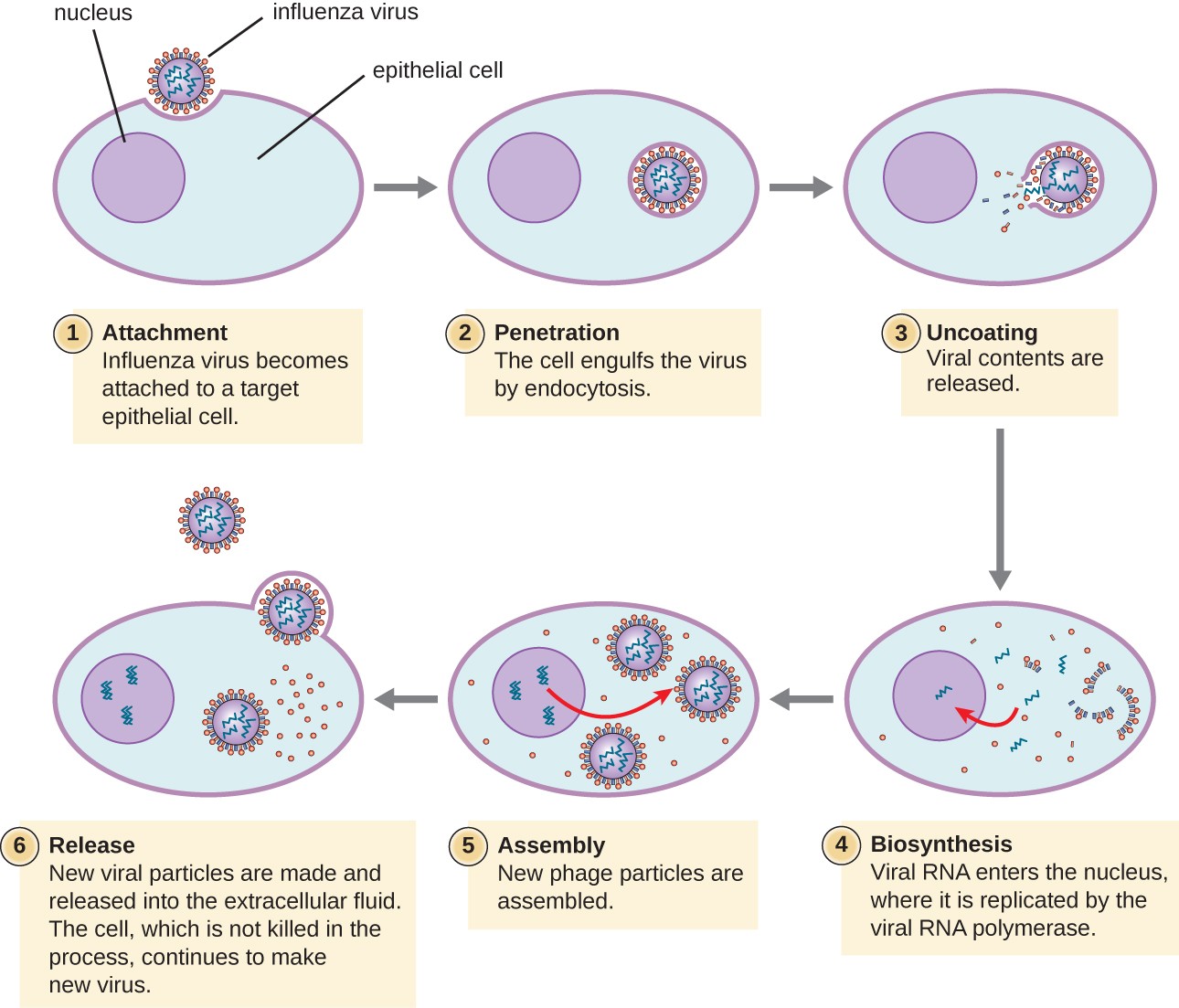Are viruses the silent architects of our illnesses, shaping our health and influencing the very fabric of our existence? Viruses, those microscopic entities, are not just biological curiosities; they are potent forces that can profoundly impact human health, causing a spectrum of diseases that range from the common cold to life-threatening conditions.
These infectious agents, remarkably simple in their structure, are essentially genetic materialeither DNA or RNAencased within a protein shell. Unlike living cells, viruses cannot independently replicate; they must hijack the cellular machinery of a host organism to reproduce, effectively turning the host cell into a virus-making factory. This unique characteristic underscores the fundamental distinction between viruses and other pathogens, such as bacteria, which are complete, self-replicating cells.
The historical understanding of viruses has evolved over centuries, with early observations predating the formal discovery of these entities. As early as the late 19th century, scientists began to identify agents of disease that were smaller than bacteria, initially using filtration techniques to separate them from bacterial contaminants. The development of electron microscopy in the 20th century revolutionized virology, enabling researchers to visualize viruses directly and study their structure in unprecedented detail. This technological advancement, coupled with the burgeoning field of molecular biology, paved the way for the identification of various virus types and the elucidation of their mechanisms of infection.
Viruses exhibit a remarkable diversity in their form and function. They are broadly classified based on their genetic material, their shape, and the type of host they infect. Some viruses, such as the influenza virus, have a spherical shape, while others, such as the bacteriophages that infect bacteria, exhibit more complex architectures. The classification also extends to the types of cells they infect, with viruses targeting animals, plants, or bacteria. This specificity is a key characteristic, highlighting the intricate relationship between viruses and their hosts.
The impact of viruses on human health is undeniable. Viral diseases affect every part of the body, from the respiratory system to the digestive tract and skin. The respiratory system is particularly vulnerable, with viruses such as influenza (the flu), respiratory syncytial virus (RSV), and the coronaviruses responsible for common colds, seasonal flu, and even the current pandemic that have caused widespread illness. Other viruses, such as the human papillomavirus (HPV), can cause infections with the potential to cause cancer.
The ongoing monitoring of respiratory illness activity is essential for public health, with the acute respiratory illness (ARI) metric playing a pivotal role in tracking the spread and severity of viral infections. This metric helps to identify trends in illness, assess the burden on healthcare systems, and guide public health interventions.
The distinction between viral and bacterial infections is critical for effective treatment. While both can cause similar symptoms, the underlying causes and the appropriate responses differ. Bacterial infections can often be treated with antibiotics, which target bacterial cells. Viral infections, on the other hand, are not responsive to antibiotics. This difference underscores the importance of correct diagnosis for optimal patient care. Some individuals may be at greater risk to develop severe illness. This is why vaccines are designed to assist people to protect themself from diseases.
Vaccination represents a cornerstone of public health efforts to combat viral diseases. Vaccines work by exposing the immune system to a weakened or inactive form of the virus, prompting the body to produce antibodies that recognize and neutralize the real virus. The development of different types of vaccines, from traditional inactivated vaccines to mRNA vaccines, has revolutionized the prevention and treatment of infectious diseases.
The transmission of viral infections varies depending on the specific virus, with some viruses spreading through respiratory droplets, others through direct contact, and some through contaminated surfaces. The understanding of these transmission mechanisms is crucial for implementing effective prevention strategies, such as practicing proper hygiene, wearing masks, and maintaining physical distancing.
The challenge posed by viral infections is ongoing. As these microorganisms constantly evolve, with new variants emerging and spreading rapidly, understanding the complex interplay between viruses, their hosts, and the environment is essential for anticipating and mitigating future outbreaks.
While the focus is often on treating viral infections, preventative measures such as handwashing and vaccination remain crucial to reduce the spread of infections.
| Feature | Description |
|---|---|
| Definition | Microscopic infectious agents that replicate inside the cells of living hosts. |
| Composition | Genetic material (DNA or RNA) enclosed in a protein coat. |
| Reproduction | Requires a host cell; viruses cannot reproduce independently. |
| Size | Significantly smaller than bacteria; can only be viewed with an electron microscope. |
| Diversity | Vary in shape, genetic material, and host range. |
| Impact | Cause various diseases, including the flu, common cold, and potentially severe illnesses. |
| Treatment | Antibiotics are ineffective; antiviral medications or vaccines are used. |
| Prevention | Vaccination, hygiene practices (handwashing), and avoiding close contact. |
| Transmission | Can spread through respiratory droplets, contact, or contaminated surfaces. |
| Examples | Influenza, RSV, coronavirus, HPV. |
| Host Range | Can infect animals, plants, or bacteria. |
| Metabolic Activity | Lack cellular organelles and cytoplasm and therefore lack metabolic activities of their own. |
The interaction of different microorganisms that include viruses, bacteria, and fungi, is the reality we are living with and sharing together. Understanding these interactions allows us to comprehend how these infections can be transmitted. Understanding the steps for protection, such as hygiene and vaccination, can prevent the spread of these infections.
Viral diseases can cause various symptoms that impact different parts of your body. Infections can affect the respiratory system, digestive tract, and skin, with a range of symptoms depending on the virus and the individual. The most frequent symptoms include fever, cough, and fatigue.
One primary concern is the confusion between symptoms of bacterial and viral infections. Some of the same signs and symptoms are shared. Bacterial infections are treated with antibiotics, and viral infections are not responsive to antibiotics, it is critical to identify the source of infection.
Pneumonia, caused by either viral or bacterial infections in the lungs, with inflammation as a main result. Bacterial pneumonia often tends to be more common and severe than viral pneumonia, but it is not always the case. These conditions can arise from multiple sources.
When there are signs of a secondary infection, it may be necessary to become concerned about the possibility of bacterial infections when the infection is initiated with a virus.
There is a benefit to know the difference between infections, and know when there is a need to have a healthcare provider to recommend the proper treatment.
Understanding that there are many types of infections will also help you in preventing yourself from getting sick.
For more detailed information, you can refer to the following resources:
Centers for Disease Control and Prevention (CDC)


